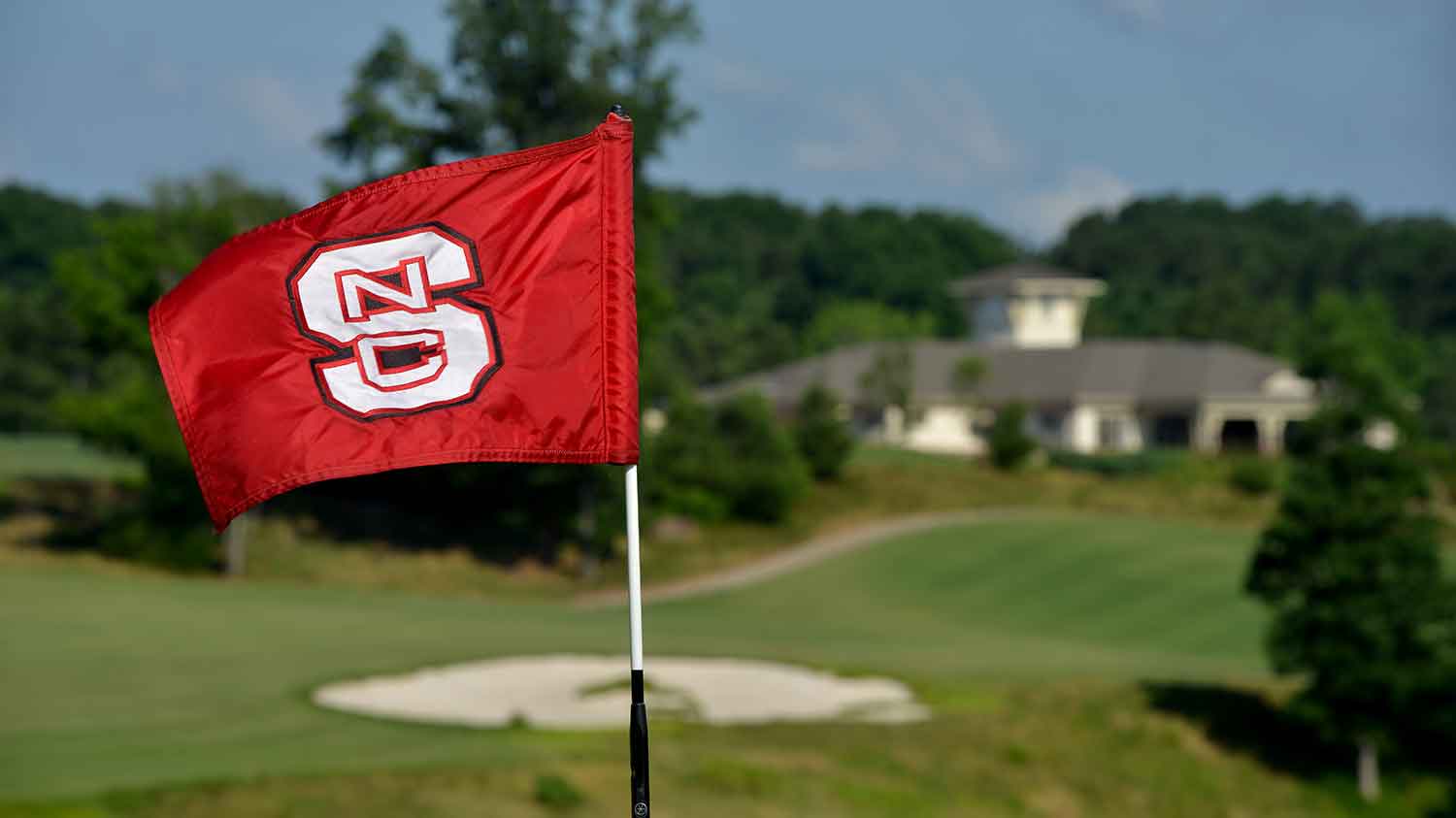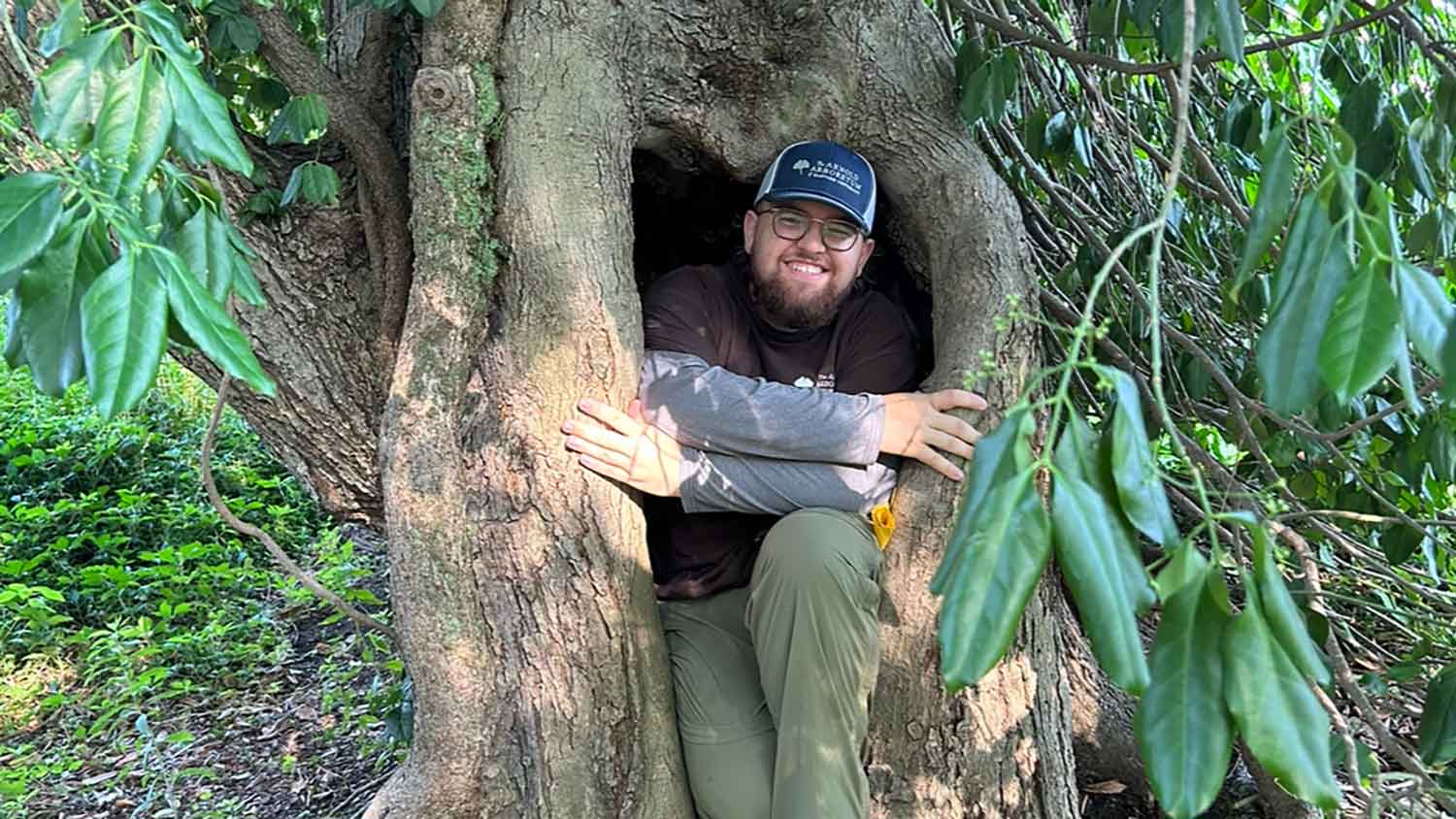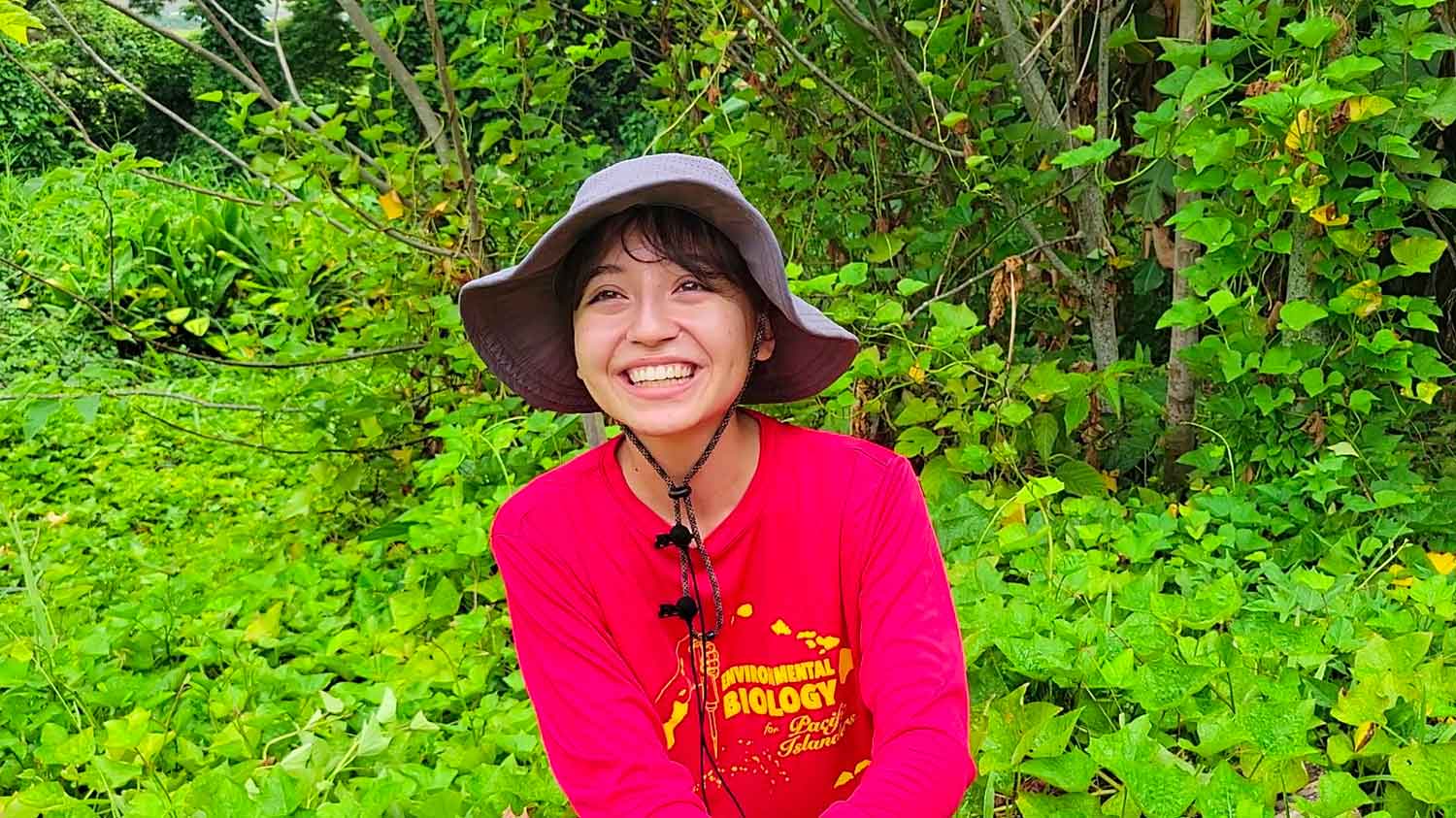The Gift of Green Space

The green canopy of oaks shades pedestrians as they stroll on brick pathways around monuments in Nash Square in downtown Raleigh. Designed as a city park in 1881, Nash Square was one of the city’s first urban gardens and remains a sanctuary for professionals, families, and visitors to North Carolina’s capital. Its original trees, walkways and flower beds were conceived and laid out by Henry Steinmetz.
Steinmetz’s legacy lives on not just in Nash Square, but at NC State through the Henry Steinmetz Endowed Horticultural Scholarship Fund. Awarded to undergraduate students enrolled in horticultural science, the scholarship ensures that the next generation of horticulturists will have less financial burden to bear.
“I support this endowment because I hope that NC State will produce and inspire students who, like Henry, will leave their own green legacy that will last for generations,” says Robert McD. Parker, Steinmetz’s great-grandson and a donor to the endowment.
Garden management and cultivation were Steinmetz’s passions. A German immigrant, he planted more than 200 trees in downtown Raleigh, some of which still stand today, and raised flowers and plants in a conservatory that became a popular downtown attraction.
“Henry Steinmetz’s vision for the planting of Nash Square is still apparent today and flourishes as the living legacy of an immigrant, nearly 150 years after his arrival on U.S. soil,” Parker says.
“For the recipients of the scholarship, I wish them the rewards of travel, observation and inspiration to their budding careers.”
Steinmetz’s three daughters started endowments at several universities in the city and state to ensure that horticulture students received support. The Steinmetz Endowment at NC State was created with a generous gift from his daughter Mrs. James A. Powell in 1971. Through the years, various family members have continued to support the endowment.
“We all know the financial constraints that students have to bear and my contribution is a recognition of this hardship,” Parker says. “For the recipients of the scholarship, I wish them the rewards of travel, observation and inspiration to their budding careers. My hope is that they study and emulate gardens from around the world as they create welcoming green spaces for everyone.”
“For me, Henry’s contribution is twofold and resonants today,” Parker continues. “He protected and preserved nature, and demonstrated the important role that immigrants have had and continue to have in our country.”
This post was originally published in College of Agriculture and Life Sciences News.
- Categories:


